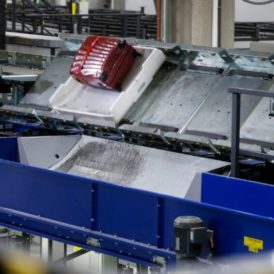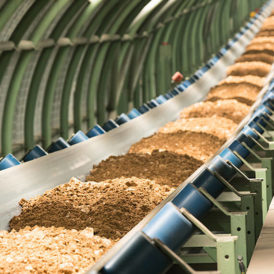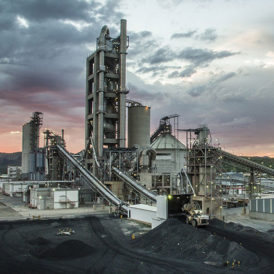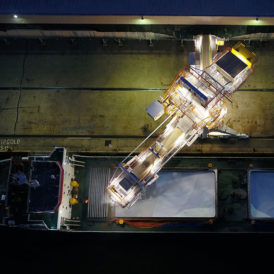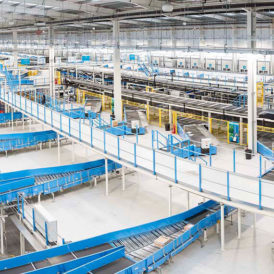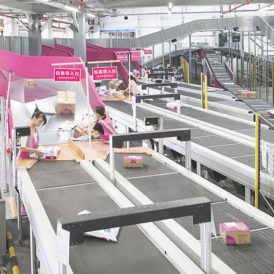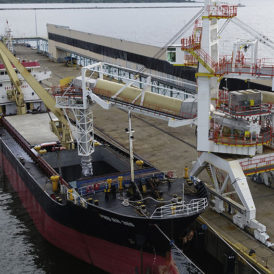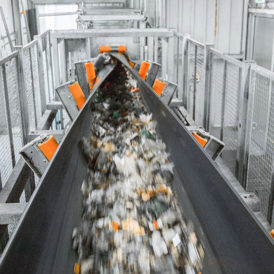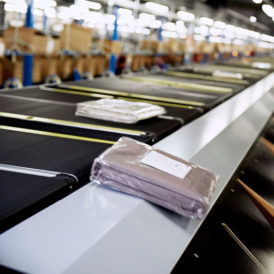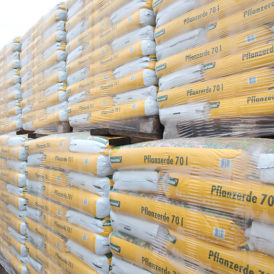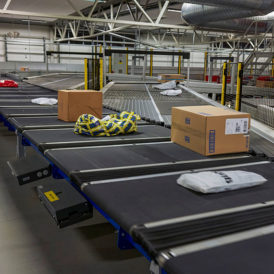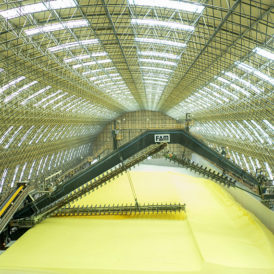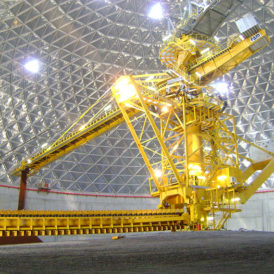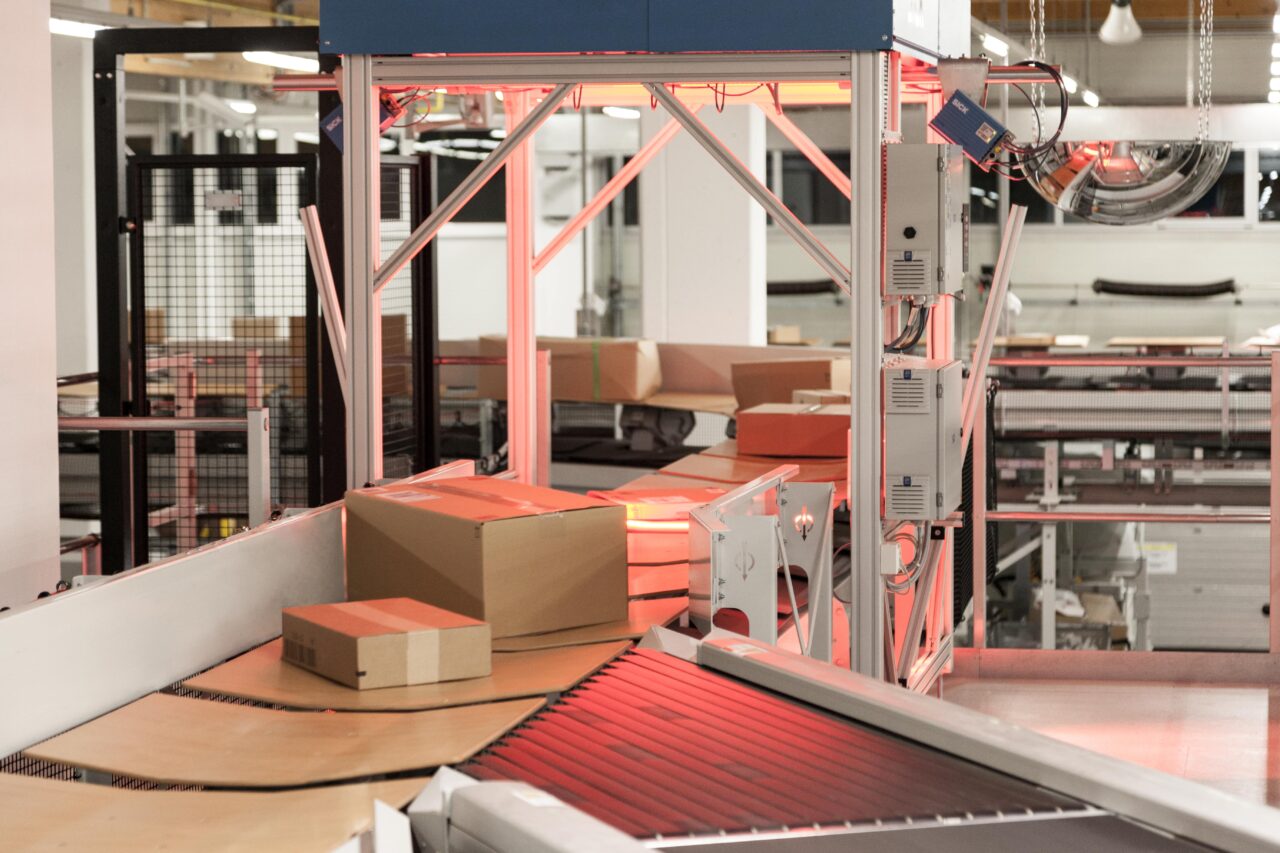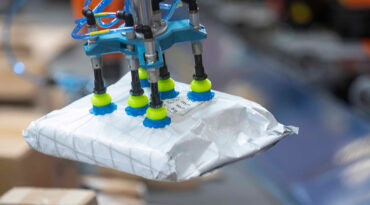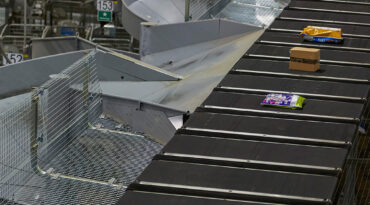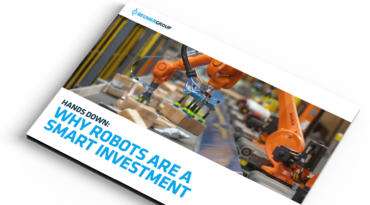Fast-working camera tech
To optimise the processes at work in the DCs, the system needs to be able to swiftly identify the size, weight, shape and form of the parcels to determine whether they can be routinely sorted or set aside to be handled differently.
Such items include those of an irregular shape, such as a poster, and fragile goods, such as glassware or antiques.
Last year’s launch of the Cloud-based OCR bodes well for a future in which parcels can be quickly identified based on their size, shape and form.
At present, its primary focus is ID-based barcodes and printed text deemed unreadable by the scanner, of which it can identify 60 percent, reducing the percentage of undefined IDs from 5 to 2 percent of the total throughput.
Crucially, it takes just three to four seconds using five to six cameras, so identifying problematic parcels is a formality.
Fished out before it spoils
Once the problematic parcel has been identified, and it’s established it can’t be routinely diverted off the conveyor belt, it’s the job of the piece-picking robots to fish it out – an intervention that previously needed to be made manually.
Once the robotic arm or arms pick up the item, it has the choice of placing it in a container or its own separate tote, or directing it onto an AMR.
Onboard an AMR, it can then be transported to the delivery truck, where it is remerged with the load of the fully automated process.
Ready to be delivered
Once remerged, the irregular items will be sorted by automated sequencing to ensure they are conveniently available to the driver in the order they will be delivered.
This eliminates the lengthy process of drivers manually sequencing their loads, which tends to take up to 60 minutes. Automated sequencing and loading can be reduced to only 15 minutes.
The process assesses route data to release parcels in the exact order they will be delivered, interfaces with the route planning system and loads the vehicle back-to-front, so the driver can source parcels in the exact order they will be delivered.
The automation, which is carried out in overhead space, is enabled by the system’s dynamic storage buffer, which sorts and sequences parcels based on their ID and delivery route.
TAKEAWAY
This article has taken you on a journey of automation through tomorrow’s distribution centres: from the entry point to the exit. Making use of the same AMRs that have made Dark Warehouses a reality, backed by a cast of handy hands-free tech, parcels need never be manually handled again. It’s no exaggeration to say a hands-free future at the DCs is within the CEP industry’s grasp.
